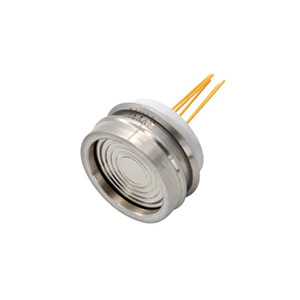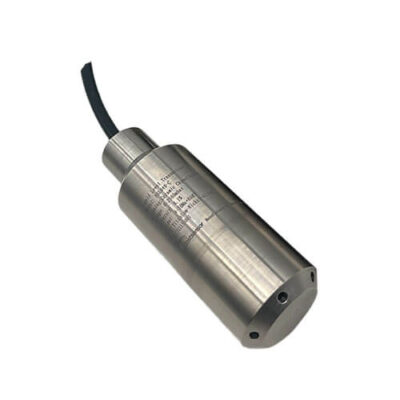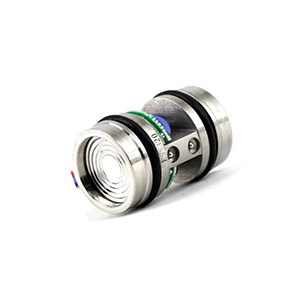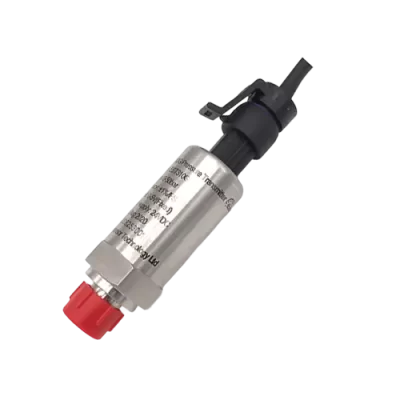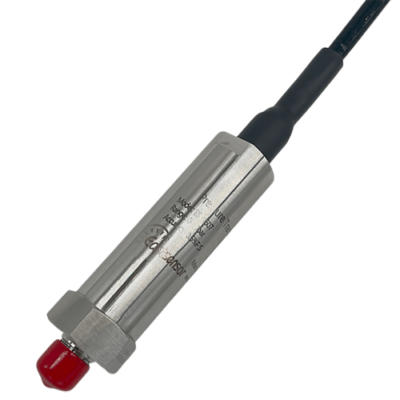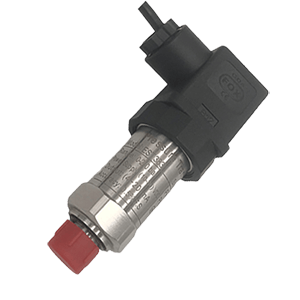Introduction
The term ‘calibration’ is a misunderstood word that is often taken out of context, especially when talking about smart transmitters. In order to fully understand the further concepts, it’s essential that you comprehend the meaning of some important terms used for transmitter calibration.
Since people usually get confused about the difficult terms, they are unable to differentiate them. Some of the most common areas where people encounter difficulty are understanding to differentiate the terms sensor trim, range setting, and current trim.The information you get here will help to eradicate this issue and enable you to grasp the concepts.
Technological advancement has made sure that industries thrive and that’s why plants have a diverse range of devices— from various manufacturers to promote calibration.
There was a time that these transmitters required technicians to perform manual tasks, which included changing the range by stepping into the field. There were also incidents when technicians had to work in collaboration, with one worker being in the field for sensor trim and the other one being in the control room to monitor the software.
Times have changed now, and Transmitter Calibration can easily be performed with the help of handheld field communicator or an intelligent device management software based on EDDL (Electronic Device Description Language). The choice of device depends significantly on the requirements of the task.
With the help of EDDL technology and its features, transmitter calibration is now easier than ever before. The user guidance such as wizard and the in-depth knowledge provided by the device manufacturer’s experts ensure that users don’t face any issues during the process. The information horde results in lower maintenance cost and better performing devices.
When easy field work is the ultimate goal, EDDL technology plays its role. It supports small portable field communicators and provides results that are unrivalled.
What is Calibration?
Calibration can be defined with the help of three different concepts; sensor trim, range setting (re-ranging), or current trim.

These three terms have been explained intensively in the content below and you’ll also find them in the calibration tutorial. In order to enhance your comprehension, the terms have been explained individually.
Calibration Terms
What is sensor trim?
Sensor trim is the rectification of the digital reading from the sensor after the A/D conversion.
Click to check:
What is transmitter re-ranging?
Transmitter re-ranging refers to the configuration of both the lower and upper range values corresponding to the input values. The transmitter output at this time shall be 4 mA and 20 mA for lower and upper range, respectively.
Click to check:
What is current trim?
Current trim is the correction of the analog output from the transmitter.
Click to check:
How do I calibrate a smart transmitter?
In order to calibrate a smart transmitter, it’s important to have a handheld field communicator, laptop with interface and software, or a computer. With its help, sensor trim, range setting (re-ranging), or current trim for a smart pressure, temperature, level, flow or another measurement transmitter can be controlled. Physical input is applied for sensor trim and not for range setting. For the current trim, the output must be measured.
How do I set the range in a smart transmitter?
To set the range for a smart transmitter, you need a handheld field communicator, laptop with interface and software, or a computer. It controls range setting (re-ranging) for a smart pressure, temperature, level, flow or other measurement transmitter. You can change the range settings as a direct numeric value entry. However, in some devices, you will need to use applied input, which is useful in a handful of applications.
Do I need to calibrate a fieldbus transmitter?
Since all sensors have the tendency to drift over time, regardless of the output signal the transmitter has. In accordance with this property, often the sensor trim will be required for 4-20 mA/HART, FOUNDATION fieldbus and PROFIBUS-PA devices alike. However, for FOUNDATION fieldbus and PROFIBUS-PA devices, you don’t need to set the range in most applications. And since there is no 4-20 mA, they do not need current trim.
What is turndown?
Turn-down is the ratio of the smallest permitted span to the Upper Sensor Limit. For instance, if the Upper Sensor Limit is 80 kPa and the minimum span is 2 kPa, then the turndown ratio (rangeability) of that transmitter is 40:1.
What is rangeability?
Rangeability is the ratio of the smallest permitted span to the Upper Sensor Limit. For instance, if the Upper Sensor Limit is 80 kPa and the minimum span is 2 kPa, then the turndown ratio (rangeability) of that transmitter is 40:1.
What is zero elevation?
Zero elevation refers to the lower range value (4 mA point) that is below zero. For instance, the range of -25 to +100, or -100 to 0, or -100 to -20 can be classified as zero elevation.
What is zero suppression?
Zero suppression is the stage where the lower range value (4 mA point) is above zero. A range of 20 to 100 can be categorized as zero suppression.
What is a documenting calibrator?
A documenting calibrator is the combination of the functions of both the portable calibrator and a handheld field communicator. They are combined together to form a single tool. The portable documenting calibrator can digitally communicate with intelligent transmitters and automatically document the calibration performed.
Why are analog signal endpoints 4-20 mA and not other values?
The 4 mA and 20 mA endpoints evolved from 3-15 psi. 4mA for Live Zero Check and the Selected Range for Linearity.
What is paperless calibration?
A paperless calibration refers to a documenting calibrator that can automatically record the calibration performed. This eliminates the need for manual documentation.
What is a calibration route?
A calibration route is the order in which instruments are calibrated. It generally includes pieces of equipments in a specific area of the plant. In order to make it more efficient, the calibration route can be based on calibration due date or by instrument type.
How do I ‘zero’ a transmitter?
To set a transmitter at ‘zero’, use either the zero sensor trim or lower the range values.
What is NAMUR NE43?
NE43 is a recommendation from the NAMUR organization proposing standard analog signal levels for failure indication from transmitters with 4-20 mA output. If the current is below 3.6 mA or above 21 mA, the system interprets it as a sensor fault.
Find out: HART Protocol EST4300 Smart Pressure Transmitter in our Shop
You may also interest in:

